This past year was filled with plenty of picture-perfect moments throughout NOAA Education. Here are some of our favorite photos from 2019.
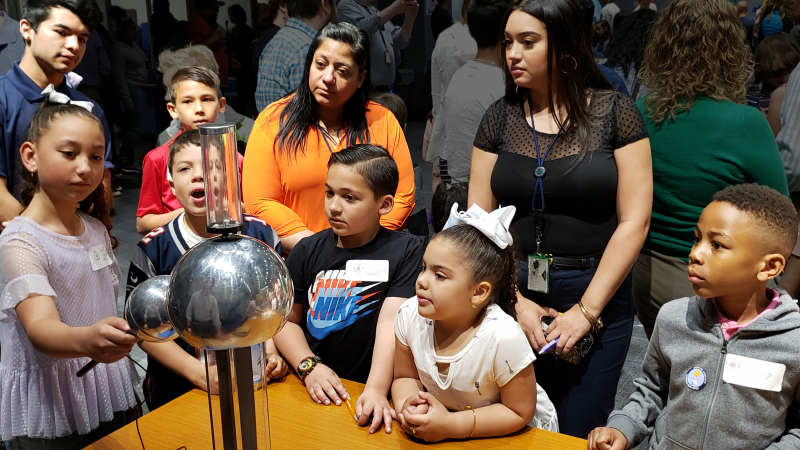
Just another typical work day for the NOAA family! On NOAA Kids Day, these families observed electricity passing between the Van de Graaff machine and its wand, an instrument provided by the National Weather Service. This machine is used to teach about electricity and lightning strikes. (Kayla do Couto/NOAA Office of Education)
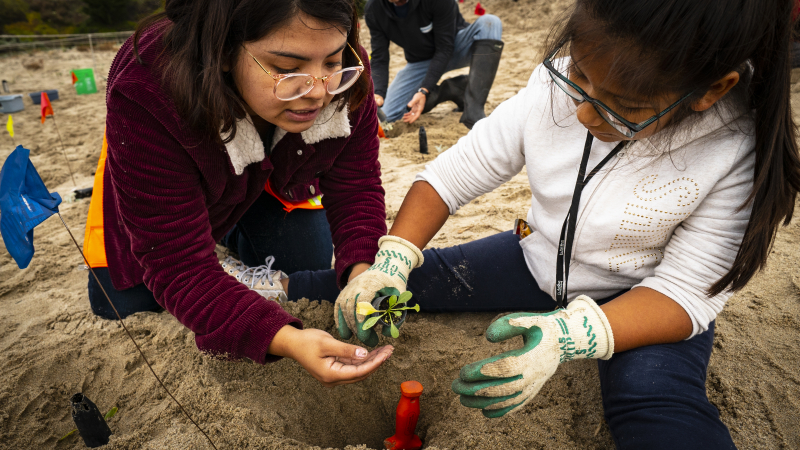
These students sure do have green thumbs! Students at Gault Elementary School, a NOAA Ocean Guardian School near the Monterey Bay National Marine Sanctuary in Santa Cruz, California, are working to improve coastal habitats by removing invasive plants. From 2014 to 2019, Groundswell Ecology educators, volunteers, and students removed over 4,300 square meters of invasive plants and replaced them with nearly 12,000 native dune plants! (Kate Thompson/NOAA Office of National Marine Sanctuaries)
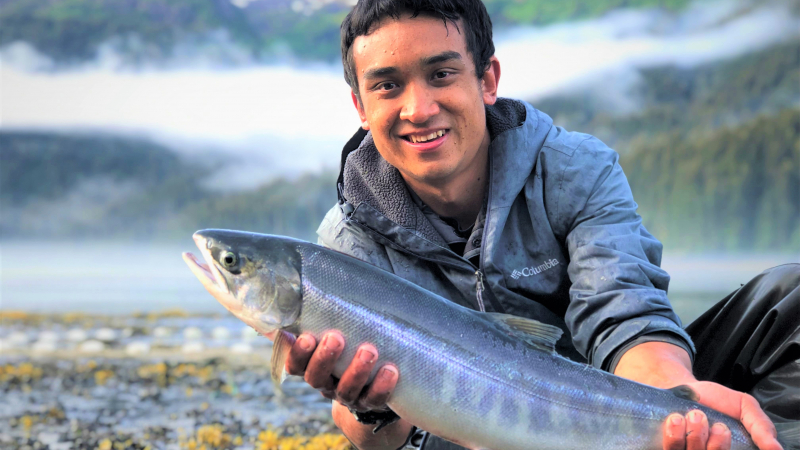
2018 NOAA Hollings scholar Andrew Tokuda interned at the Kachemak Bay National Estuarine Research Reserve offsite link in Homer, Alaska, in summer 2019. Here, he is shown with a chum salmon caught as a part of his research. His project focused on characterizing riparian prey availability for juvenile salmon in the Tutka Bay estuary. Andrew is a global environmental science major at the University of Hawaiʻi at Mānoa and wishes to join the U.S. Army as an active duty officer and improve the dialogue between the military and environmental sciences. (Jacob Argueta/Kachemak Bay National Estuarine Research Reserve)
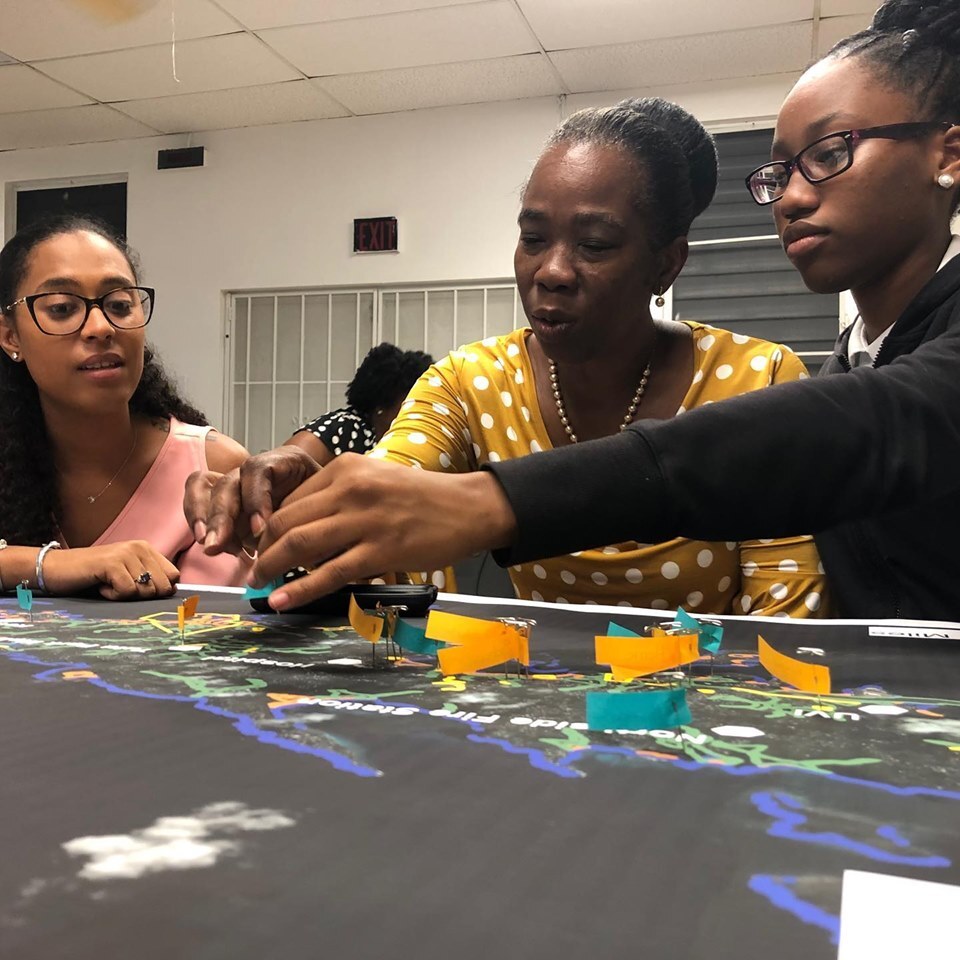
The University of the Virgin Island’s Storm Strong Program offsite link, funded by NOAA’s Environmental Literacy Program, hosted an eight-week workshop series that focused on teaching participants about hazards and how to prepare communities for hurricanes and their impacts. This is the territory’s first sustained, community-based hurricane hazard preparedness and community leadership program. During week four of the workshop, the participants assessed their vulnerabilities and discussed ways to eliminate or reduce risk. (Kristin Wilson Grimes/University of the Virgin Islands)
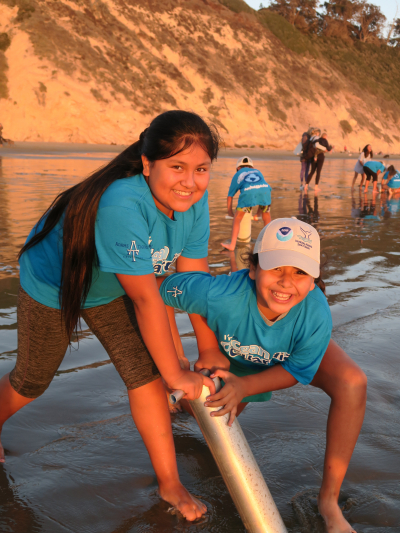
Did you know that this is how you search for Pacific mole crabs? Using a sand core, these students are participating in LiMPETS offsite link (Long-term Monitoring Program and Experiential Training for Students) sandy beach monitoring at Hendry’s Beach in California. Their Title I school, Adams Elementary, has been a NOAA Ocean Guardian School for five years. During the 2018-2019 school year, third through sixth grade students were able to have hands-on experiences with the ocean while learning about threats to the ocean and how they can help. (Claire Fackler/NOAA Office of National Marine Sanctuaries)
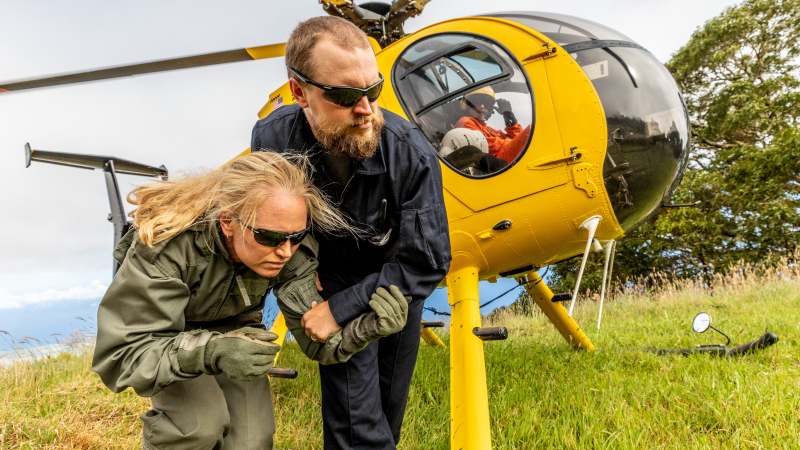
Kanesa Duncan Seraphin is escorted out of a helicopter while filming her hit TV series Voice of the Sea on location in the Nakula Natural Area Reserve in Maui, Hawaii. The series focuses on sharing personal stories and experiences from researchers, conservation experts, and cultural practitioners, who are the voices of the sea offsite link. (Bryan Berkowitz)
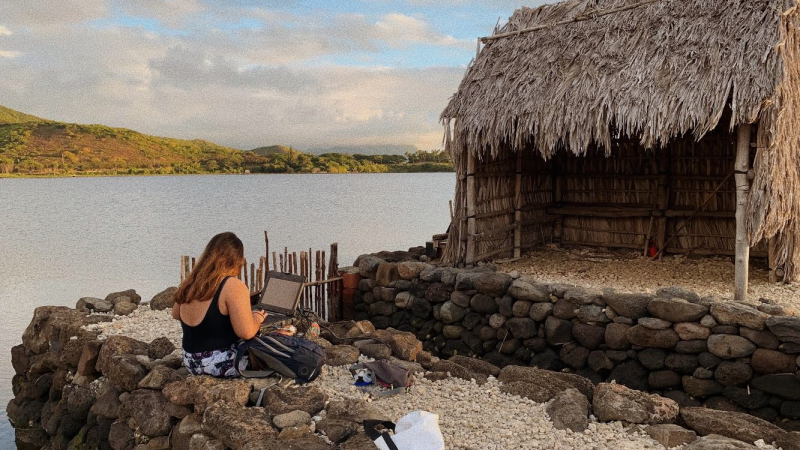
2018 NOAA Hollings scholar Diana Lopera spent summer 2019 in Hawaii at the Heʻeia National Estuarine Research Reserve offsite link. She studied water circulation and flow before and after invasive macroalgae was removed from Hawaiian Heʻeia fishponds. Here, she is enjoying the view of Paepae Hale which overlooks one of the Heʻeia fishponds she conducted her research at. Diana’s project helped her realize that she doesn't want to just do research, she wants to be part of that next step in making sure the research she does is made clear and is applied the best way it can to whoever may need it. (Yoshimi Rii/He‘eia National Estuarine Research Reserve)
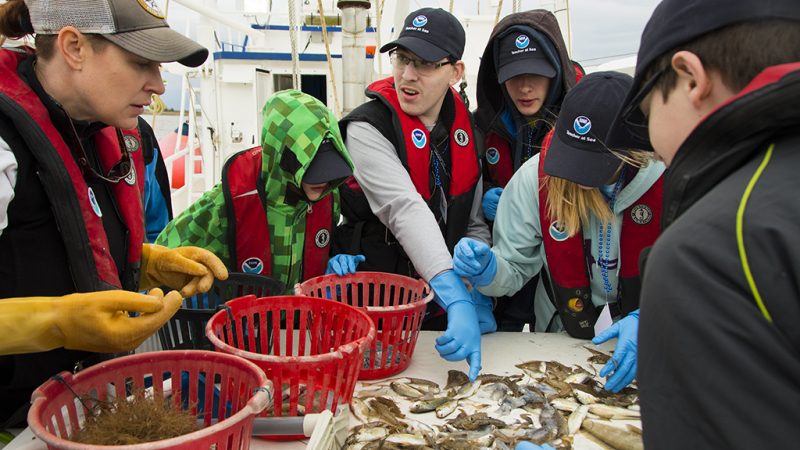
Thanks to the NOAA Teacher at Sea Alumni Association and the NOAA Fisheries lab in Pascagoula, Mississippi, 11 sixth through 12th grade students from Edmunds Central School in Roscoe, South Dakota, were able to travel to the Gulf of Mexico during their spring break in 2019. These students were able to board the R/V Caretta to help sort and tally the contents of a trawl teeming with squid, shrimp, crabs, and fish. These students were able to walk away from this experience with a greater and deeper understanding of the ocean and the creatures living in it. (Ryan Hawk/National Marine Sanctuaries Foundation/NOAA)
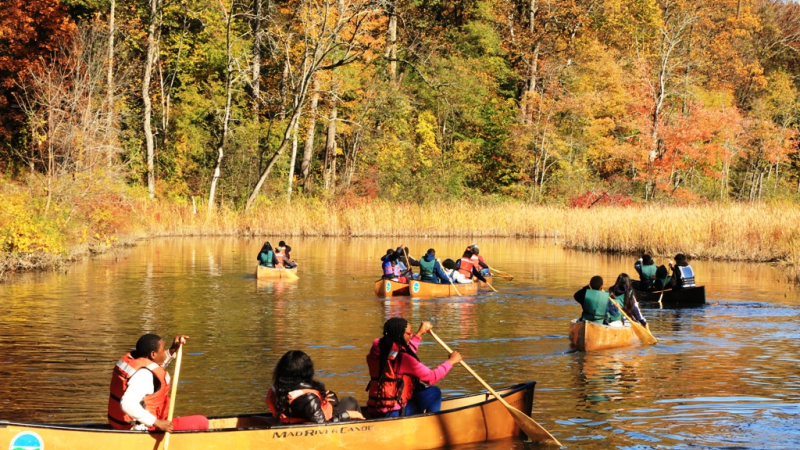
Students from Poughkeepsie High School in Poughkeepsie, New York, were able to enjoy a field trip at the Norrie Point Environmental Center, headquarters of the Hudson River National Estuarine Research Reserve offsite link. Here, the students are canoeing along the Hudson River, taking in the beauty that autumn brings to the trees among this tidal marsh. (Chris Bowser/Hudson River National Estuarine Research Reserve)
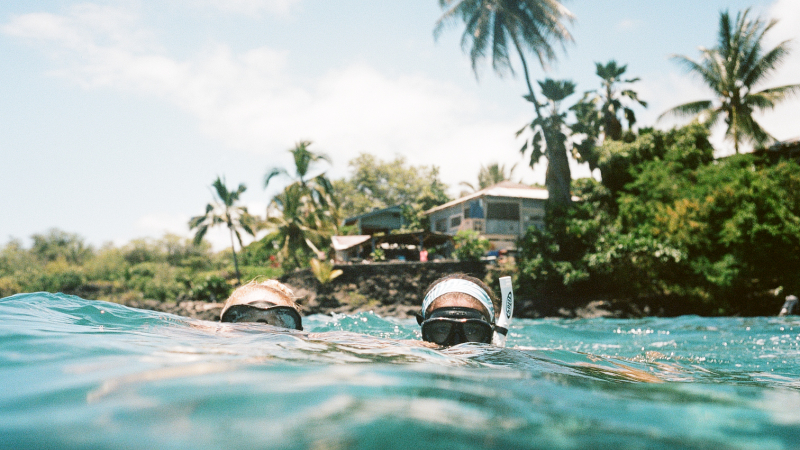
2018 NOAA Hollings scholar Carina Burroughs spent her free time of the internship snorkeling with fellow Hollings scholar Rachel Sandquist. Carina spent her summer internship in Hawaii at the Papahānaumokuākea Marine National Monument where her project focused on sharing the science and stories of the monument with the world. She developed a new curriculum for the education team and worked with visitors and school groups. Carina studies marine affairs and ecosystem science and policy at the University of Miami, and her research focuses heavily on the impacts and outcomes of citizen science. (Sarah Glover, NOAA Hollings scholar)
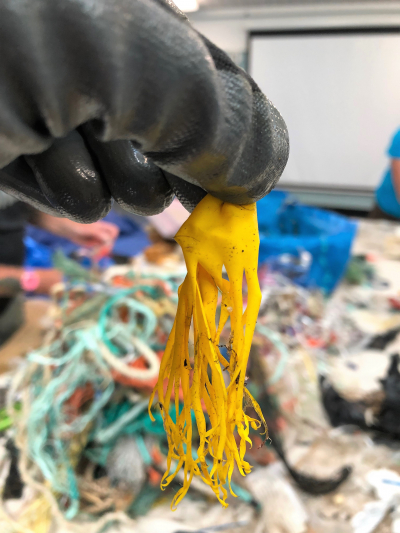
Is this a yellow jellyfish or a balloon? Unfortunately, debris like this is often found in our oceans and mistakenly ingested by animals like sea turtles. You can help combat the accumulation of trash in our ecosystems by properly disposing of trash or participating in beach cleanups. This balloon was collected during an event with the Center for Coastal Studies in Provincetown, Massachusetts. (NOAA)

